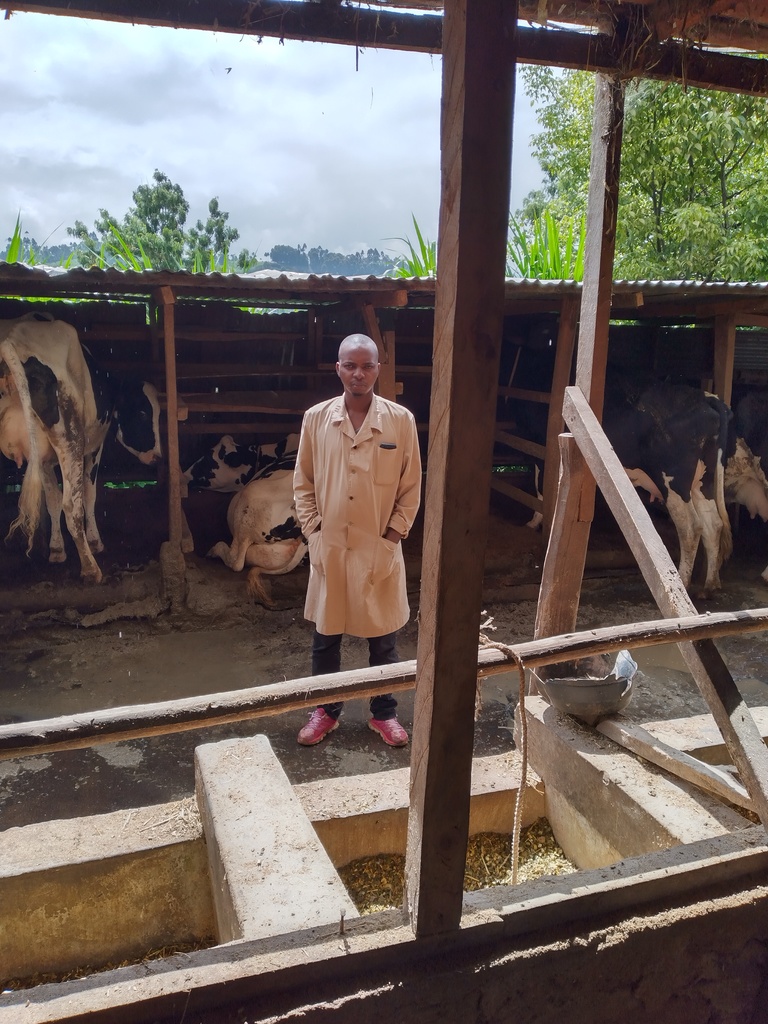
By George Munene
The Word Food Programme (WFP) has warned that more than 13 million people across Kenya, Ethiopia, and Somalia face severe hunger as the driest conditions in decades spread a devastating drought across the region.
This owes to three consecutive failed rainy seasons leading to crop failure and an abnormally high rate of livestock deaths. This communities have been left unable to grow, sell and consume nutritious foods.
“The statistics that I am seeing suggest that this is the driest this region has been in 40 years,” says Dunford. Does it translate to the worst drought in 40 years? “Well, it depends how you want to measure. In 2011 there was a drought that killed 250,000 people in Somalia. We’re not there yet.”
Related News: KALRO boosts dual-purpose Teff grass production to help arid farmers combat drought
Related News: New drought-tolerant forage pearl millet an answer for arid dairy farmers
“Droughts in the Horn of Africa are becoming more frequent and severe and are one of the key drivers of hunger across the region, devastating livelihoods and forcing families from their homes. These impacts reinforce the need for immediate humanitarian action and the importance of building the resilience of communities for the future,” warned Michael Dunford, WFP's Regional Director for Eastern Africa.
Pastoral and farming communities across southern Ethiopia, northern Kenya and south-central Somalia have been hardest hit. The lack of rains is also fuelling intercommunal conflicts as families are forced to move in search of water and pasture.
Related News: Farmers develop disease & drought-tolerant coffee varieties through grafting
An estimated 2.8 million people are in need of humanitarian assistance and the WFP aims to provide urgent food assistance to more than 890,000 people in the worst affected counties. The Kenyan government declared the drought a national emergency in September 2021. WFP will also extend malnutrition treatment and prevention programmes for women and children as well as microinsurance support for smallholder farmers.
Write comment (0 Comments)
















